Explore the Monuments that Represent Maywood's Rich History in Honor of Black History Month
This Black History Month, we are delving into the rich depths of Maywood's culture and history, guided by the insightful perspective of Dan Perkins, a local historian with a passion for preserving the past. This blog post highlights significant landmarks and important historical sites that pay homage to Maywood's Black history.
Having relocated from California to Illinois in 1971, just three years after the tumultuous events surrounding the assassination of Dr. Martin Luther King Jr., Dan Perkins has a unique perspective on the past, shaped in part by his teenage experiences in Oak Park. In the autumn of 1972, he became the ninth Black student to enroll that year at Oak Park River Forest High School.
Perkins is eager to share the history of Maywood through his service on the board of the Maywood Chamber of Commerce and beyond. He shares that one of the things that distinguishes Maywood from other communities in western Cook County is the breadth of touchpoints between the community and significant developments in American history, particularly African American experiences.
Perkins takes us on a journey through the rich history of Maywood and some of the locations that represent these experiences.

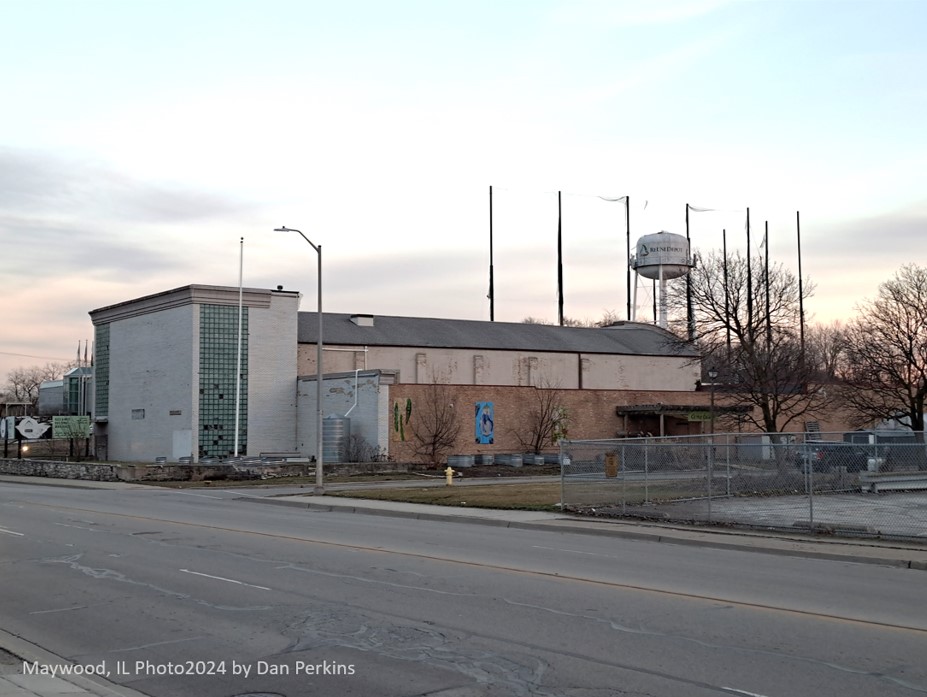
.jpg)
The town of Maywood made significant contributions to the Civil Rights Movement and played a pivotal role in World War II. It boasts an array of tales showcasing resilience, activism, and community spirit. Perkins underscores the importance of uncovering and preserving these stories, which offer invaluable insights into the town's heritage and help shape its identity.
In particular, he highlights the annual Maywood Bataan Day, held on the second Sunday in September, which commemorates the harrowing Bataan Death March. Organized by the mothers of Maywood, whose sons fought in the Philippines during World War II, this event underscores the community's unwavering commitment to honoring the sacrifices of its service members. Perkins strives to illuminate Maywood's hidden history through his dedicated research and advocacy, ensuring that future generations can appreciate and learn from the town's remarkable legacy.
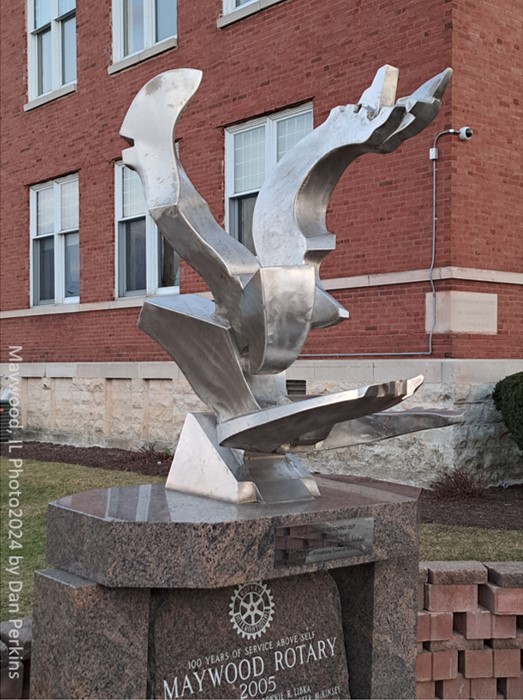
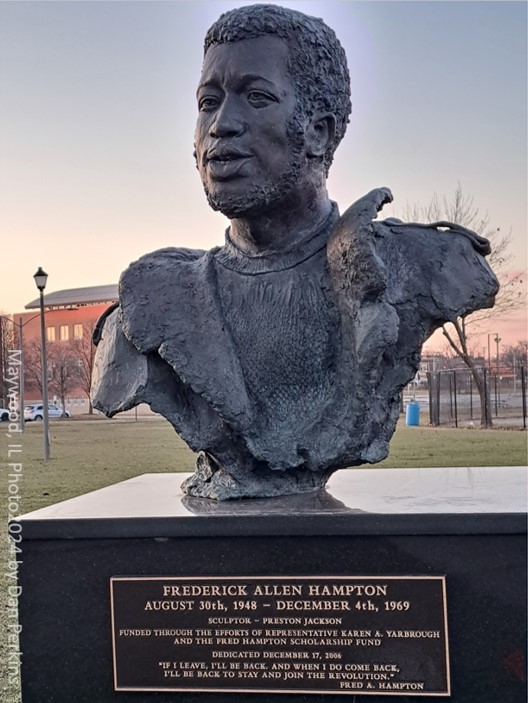
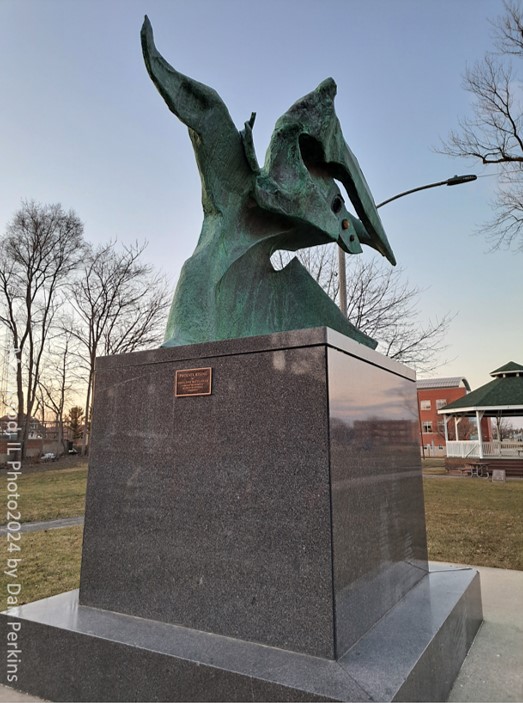
There are a few historical landmarks in particular that he encourages residents and visitors to see.
These include:
The Maywood Armory is a solemn reminder of the young men of Maywood, most in their final year of high school or a bit older, who were caught up in one of the most horrific chapters of World War II for American forces. The Armory, located on Madison Street, two blocks east of 1st Avenue, was the 33rd Tank Company, Illinois National Guard (Company B) training facility. Organized on May 3, 1929, to train men for combat.
On November 25, 1940, 122 men of Company B were inducted into active service to become part of the famous 192nd Tank Battalion, assigned to the Philippine Islands, which was then an American possession, governed by the United States after the Spanish American War of 1898. Ten hours after the Imperial forces of Japan attacked Pearl Harbor in Hawaii, the Japanese assault on the Philippines began.
Tragically, the unit became part of the notorious "Bataan Death March" in April 1942. Only 41 men returned to Maywood alive. The tank located in Veterans Park serves as a poignant memorial, symbolizing the courage and sacrifice of those who fought for freedom, including those from Company B. This solemn monument continues to honor their memory and legacy, ensuring that their sacrifices are never forgotten.
Perkins has great fondness for the WWI cannon that sits in Veterans Park. He believes that as a nation, few people today understand the sacrifices that were made by Americans during that war, especially by African American soldiers.
Perkins is particularly interested in bringing attention to the service and death of a young African American who, prior to the war, lived at various points in Oak Park and Maywood. His name is John H. Shelton, and a VFW Post in Maywood bears his name. Shelton was a member of the 370th Infantry during the First World War. The 370th Infantry was the only all-Black unit commanded entirely by Black officers.
The 370th Infantry is widely celebrated for having served bravely with the French 34th, 36th, and 59th Infantry Divisions and participated in numerous offenses during the autumn campaign that forced the German army to retreat and ultimately surrender to the Allied forces on Armistice Day. Among the autumn offensives that John H. Shelton participated in was the Oisse-Aisne campaign. Shelton was killed during that campaign on September 19, 1918.
In the years following the war's end, states, counties, and, in some cases, municipalities published tomes called Honor Rolls to acknowledge their citizens who served and died in The Great War, as WWI was known at the time. Shelton is listed in the Illinois Honor Roll, published in 1923.
The Fred Hampton Pool in Maywood is a living tribute to the enduring legacy of the iconic civil rights leader Fred Hampton. The pool, named in Hampton’s honor, serves as a beacon of community unity and empowerment.
Fred Hampton was a charismatic and influential figure known for his passionate advocacy for racial equality and social justice. As the chairman of the Illinois chapter of the Black Panther Party, Hampton worked tirelessly to address systemic injustices and uplift marginalized communities. The Fred Hampton Pool provides a refreshing escape during the hot summer months. He serves as a reminder of the ongoing struggle for equality and the importance of collective action in creating positive change.
The Maywood Library is an iconic symbol of Maywood, spanning the old and new. The front portion of the library is one of 63 functioning Carnegie libraries in Illinois; a total of 106 were built in the state from 1903 to 1914. Both portions of the library stand as a beacon of knowledge and community engagement in Maywood, Illinois, but the Carnegie structure is part of a fascinating chapter showcasing the contributions of one American industrialist to small and emerging communities.
The Carnegie structure dates back to the early 20th century when industrialist and philanthropist Andrew Carnegie generously funded the construction of libraries across the United States. Completed in 1906, the Maywood Library represents Carnegie's vision of providing access to education and resources for all. Its construction marked a significant milestone in the town's cultural and educational landscape, offering residents a place to gather, learn, and grow. Today, the Maywood Library continues to uphold its legacy by providing diverse programs, services, and resources to support lifelong learning and enrich the community.
Among Maywood's hidden gems are the sculptures honoring local artists, which often go unnoticed by passersby. These intricately crafted works of art pay homage to the community's rich cultural heritage and artistic talent. From abstract pieces to lifelike statues, these sculptures serve as a testament to Maywood and the creativity of its residents.
Play
Nestled to the north of the Carnegie portion of the Maywood Library is a sculpture by Richard Hunt, an African American sculptor and native Chicagoan who died on December 17, 2023. Hunt is best known for his abstract metal forms, and many of his works incorporate themes and moments pertaining to African American history.
With intricate lines and abstract shapes, Hunt's mastery of form and movement is on full display in Maywood with a work titled "Reaching Up Reaching Out, " commissioned by the Maywood Rotary in 2005. Hunt's illustrious career received multiple accolades, such as a coveted solo retrospective at the Museum of Modern Art in 1971, making him the first Black sculptor to achieve such recognition. Hunt's artistic journey was profoundly influenced by his mentor, the renowned sculptress Geraldine McCullough, a former Maywood resident.
Phoenix Rising
"Phoenix Rising," the striking sculpture by Geraldine McCullough in Maywood, is a profound testament to her artistic brilliance and enduring legacy. McCullough, a renowned African American sculptor, was celebrated for her ability to infuse her works with potent symbolism and emotional depth. "Phoenix Rising" embodies this ethos, portraying a majestic phoenix emerging from the ashes, symbolizing resilience, rebirth, and transformation. McCullough's sculpture captivates with its intricate detail and graceful form but also inspires contemplation on themes of renewal and perseverance.
McCullough lived in Maywood before relocating to Oak Park but left a mark on the world of art. Passing away in 2008 at the age of 91, McCullough's talent was recognized with the prestigious George D. Widener Memorial Gold Medal in 1955 for Phoenix Rising, which proudly watches over Veterans Park in Maywood. Through her art, McCullough leaves an indelible mark on the community, sparking dialogue and reflection on the human experience and our capacity to rise above adversity.
When enslaved people fled the South, they found refuge and freedom by traveling through the "Underground Railroad" route in the 1800s. In Maywood, where Lake Street meets the Des Plaines River, an unassuming inn once housed a vast secret. The "Ten Mile House" was a crucial safe house for enslaved people on their dangerous trek to freedom.
The inn was destroyed in 1927, and a McDonald's now stands in its place. At the time the inn was torn down, nobody knew its history. Years later, old photos and maps of Maywood that pointed to the secret purpose of the old inn were discovered. Now, you can find repurposed railroad tracks positioned symbolically next to broken shackles and a plaque that honors the Underground Railroad and the "Ten Mile Freedom House" that once stood on the spot.
While the Underground Railroad monument in Maywood, IL, garners much attention for its historical significance, the lesser-known Widow's Home across the street offers a compelling narrative of resilience and compassion within the community.
Established in the aftermath of the Civil War, the Widow's Home was a refuge for widows and orphans, providing them shelter, support, and a sense of belonging during challenging times. The Widow's Home stands as a testament to the enduring spirit of compassion and solidarity within Maywood, shedding light on a lesser-known aspect of its rich history and the selfless efforts of its residents to support those in need.
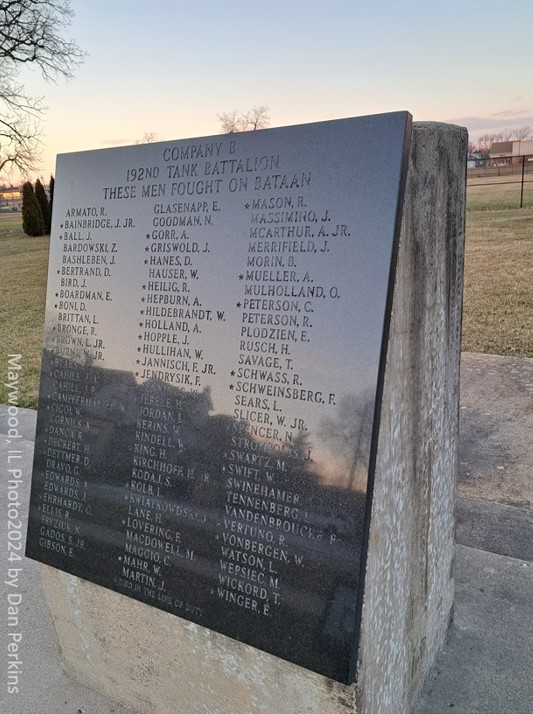
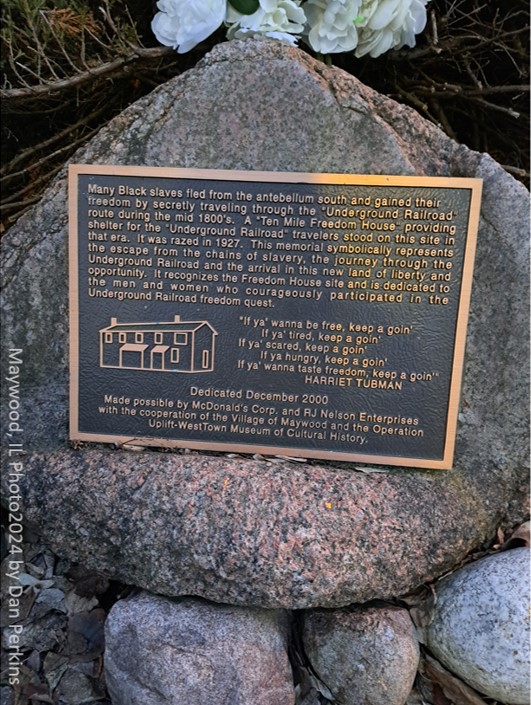

As we explore Maywood's rich history, guided by Dan Perkins' insights and anecdotes, we are reminded of the importance of preserving and celebrating local communities and their heritage. These landmarks and sculptures, each with its own story and significance, help us better understand Maywood's past and its enduring legacy.